Calling your instrument 'Synth' implies that it is the definitive article – and to be fair to Polyend, the Tracker definitely deserved that approach. Synth is a little harder to justify given the number of rival synthesizers in the world, but Polyend has made something that feels a bit unique – and is capable of very expressive performance you're unlikely to find in a single instrument anywhere else, regardless of budget.
First, this isn't a sequencer – it has step sequences with clever chord and transposition features to keep all three engines in tune, but it's not for composing a track and hitting 'go'. You have to play it. The 5 x 12 grid pad is velocity and pressure sensitive, and near-flush so can be 'strummed' or played glissando very easily. A selection of preset layouts let you address each of the three synth engines directly, with root and scale eliminating the notes you don't need for maximum efficiency.
The sound engines do not work as 'three synths in one box', but rather as components of a single instrument that can use eight voices, some of which may be a completely different oscillator type. What makes this so apparent is the approach for the mixer - the three engines, each of which can have one of eight oscillator/architecture types (where appropriate using user samples with ease via the microSD card storage) feel into a single mixer, but the audio signals interact and corrupt each other in just the same manner as feeding multiple oscillators into the mixer on a modular or analogue synth.
The sound engines - from straightforward 'ACD' virtual analogue monosynth, through to the sample-and-grains texture exploration and wave morphing of more modern tech – have good dynamic range and character, sounding good in isolation. When blending, the mixer is a crucial part, including panning, levels and effects sends and selection.
A good 'scene' - the overall group of engine, patches, key/chords and mix - is absolute bliss to play. The synth engines allocated more notes respond to Poly aftertouch as your fingers and thumbs can access all the pads with minimal movement or fuss, and a delicate touch can produce the most expressive long, ambient world or trigger dance and beats without thought. Melodic components can follow your bass or chord choices with ease, in a manner reminiscent of Jimmy Hotz's MIDI translator and Hotz Box work.
Sequences are limited, with no parameter automation or control of the mixer, but they are intended to add motion to your music rather than do the work for you. Macros allow control over multiple elements, and the modulation matrix is also relatively flexible with some common parameters between engines being linked if desired.
There are compromises for form and price, notably the 3.5mm TRS jacks, single MIDI drop cable and need to swap headphones and line output in the same port – and I can't explain why I dislike the encoder for pitch bend as much as I do. The hardware overall feels very high quality and robust, particularly for the price. For creating new sounds and scenes, the 12-knob array (three for macros, nine for parameters) could only be improved by the use of lights to indicate function - they relate directly to what you see on the screen and highlight the relevant function the moment they're touched, without changing the values.
Perhaps a bigger, more expensive implementation of this idea would really deserve the definitive title of 'Synth', but Polyend has done brilliantly creating a machine that is absolutely, determinedly NOT a groovebox, and yet feels natural and inviting to play, rewarding to listen to, and does a very good job of simplifying the process of programming and setting up a very complex instrument.
I don't think there's anything like it for the money, a stand-out new synthesizer that has yet to show its true potential.



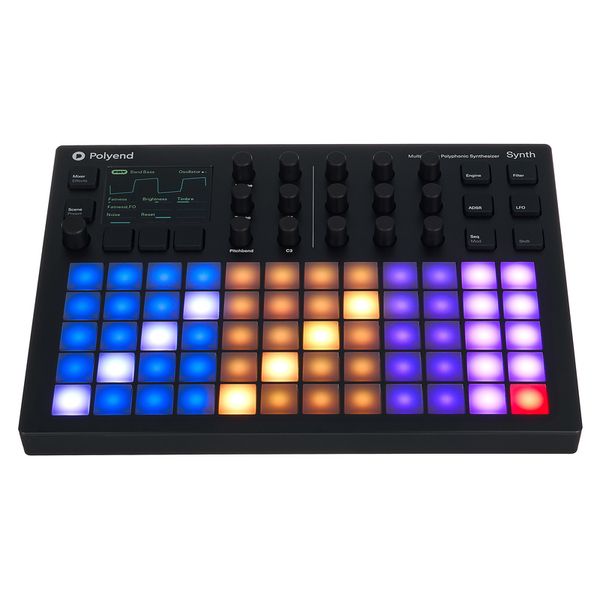
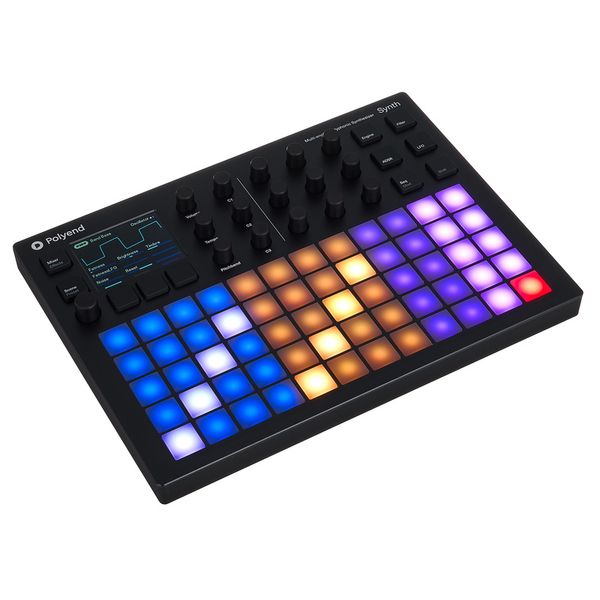
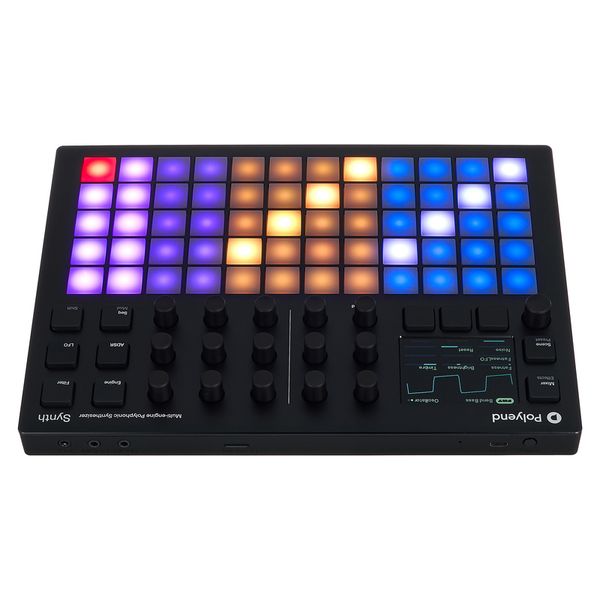
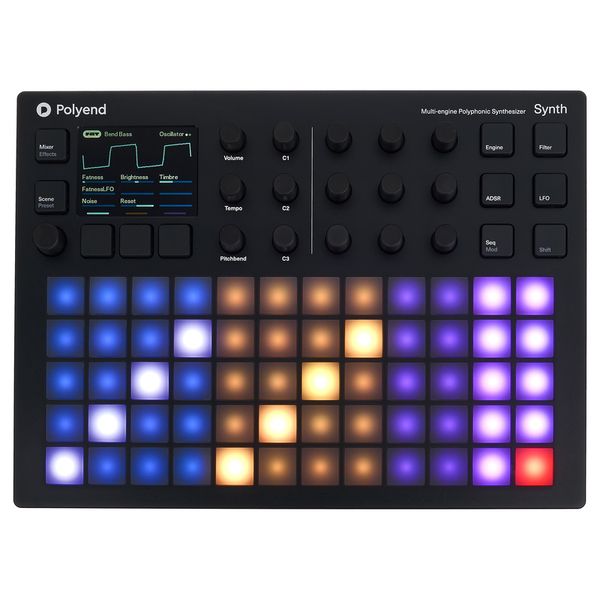
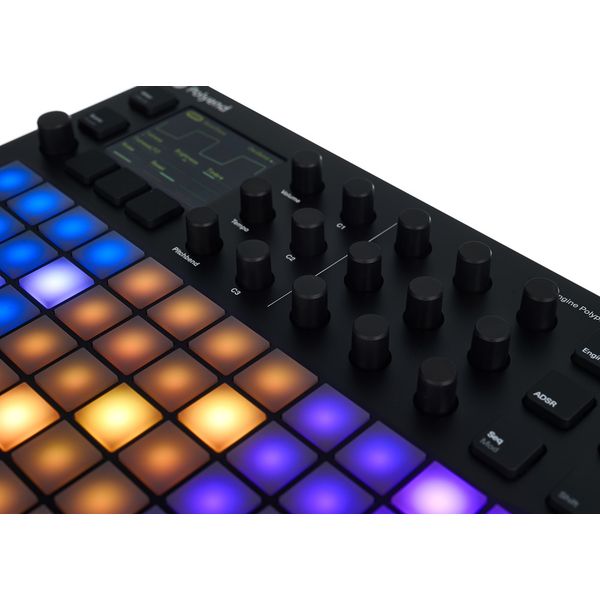
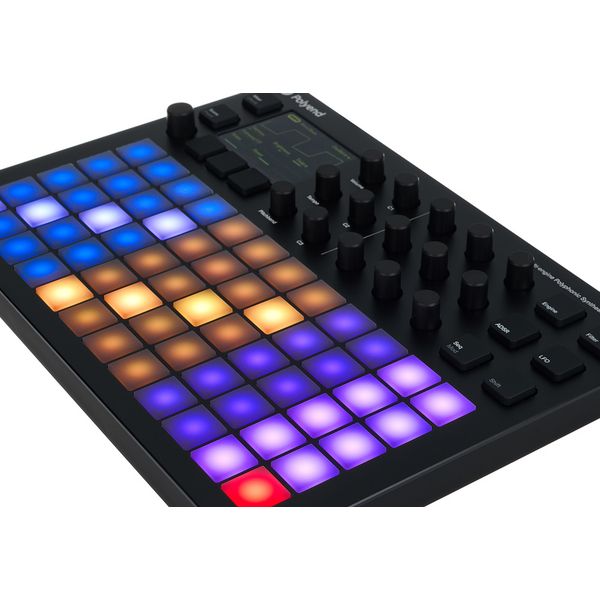
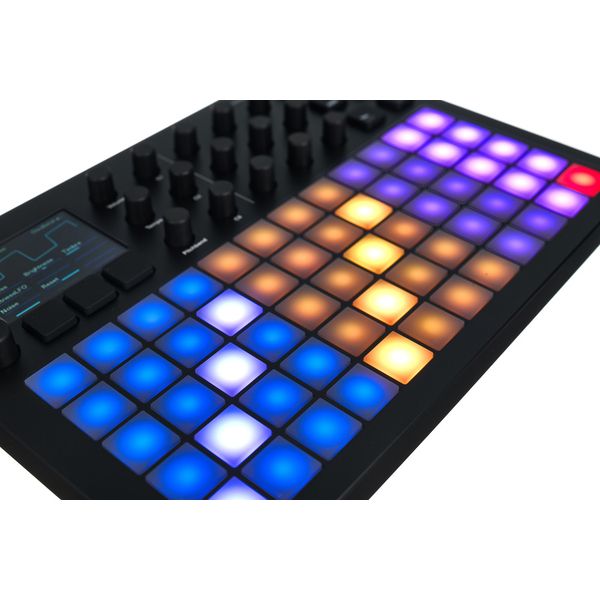


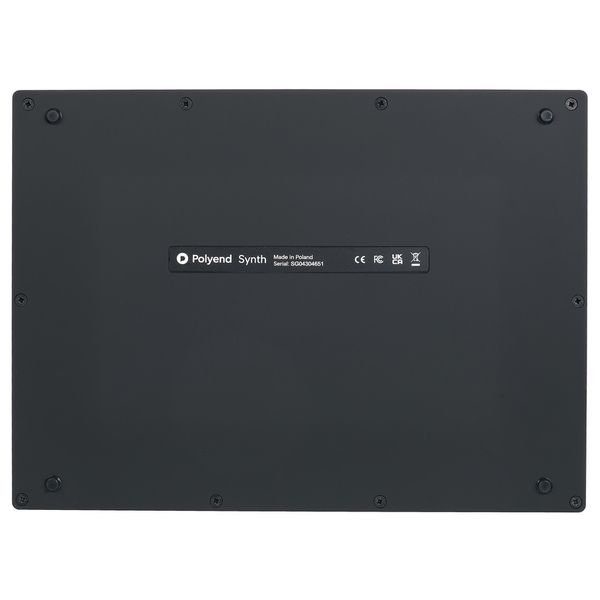
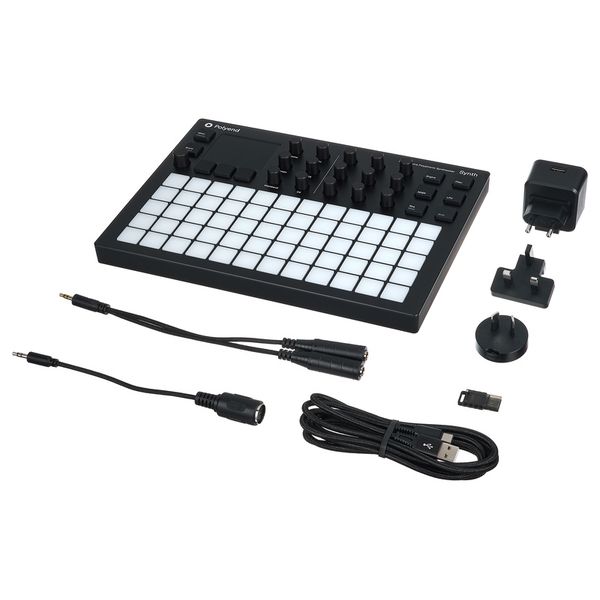















)
)
)
)



